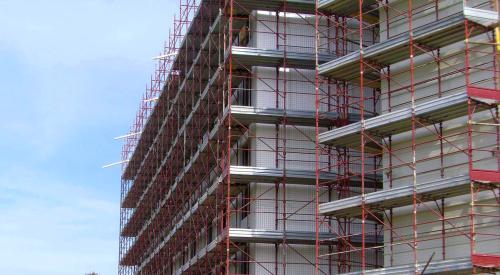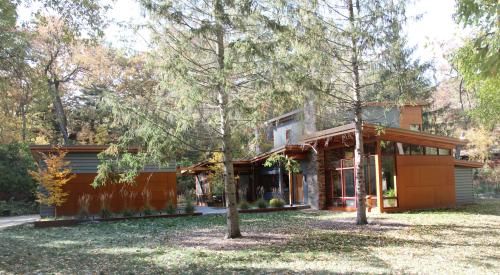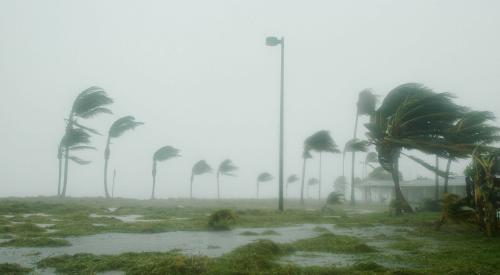There's a bright spot amid the news of devastation, rebuilding – or rather waiting to rebuild – and sadness following this season's hurricanes. In and around Port Charlotte, in southwestern Florida, in fact, there are eight bright spots.
Builder Brian Bishop awoke Sunday August 14th to find that three homes in the eye of Hurricane Charley and five more that suffered hurricane-force winds were not only still standing, but were barely touched – except for some easily-repaired roof damage from airborne uprooted trees.
Bishop, president of Home Front, Inc., based in Venice, Fla., believes that his homes – built for the Charlotte Homeless Coalition, which rents them to the needy for minimal rent – survived because of the way they were built. A builder for 20 years, Bishop recently started building with fiber-cement wall structural insulated panels, or SIPs, rather than sticks or bricks.
The panels consist of four-inch polystyrene foam sandwiched between two sheets of 5/16th-inch fiber cement board. For the roof, polystyrene panels laminated to heavy aluminum skins interlock to make a watertight seam and bolt to a ridge beam structure and wall extrusion caps. The steel interior frame that attaches to steel imbeds in the slab helps Home Front homes withstand the winds Florida's hurricanes throw at them. In lab tests, a prototype home survived 9,000 wind cycles with 200 mph winds.
Despite extensive testing, Bishop knows that laboratory-produced winds aren't the same thing as a real live hurricane.
"We can't guarantee that a 1000-pound tree traveling on 150-mile-an-hour winds won't knock a house down, but I sleep better these days," he says.











